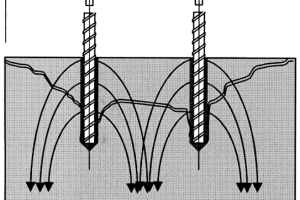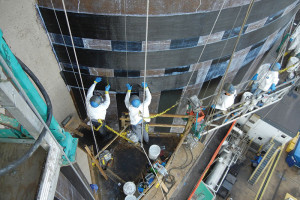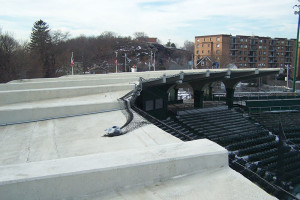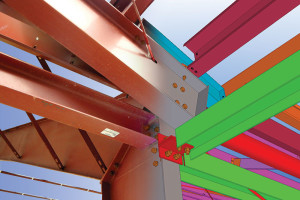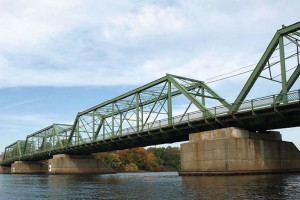Your name is probably your greatest asset. Contained in a name are a person’s or company’s brand, identity, and reputation. There was a time when agreements were made based only on a person’s name. Does a name have value? Absolutely! A name is so important that each year, people and companies spend millions to clear their name, protect their name, and promote their name. The following are a few specific examples. …
Review Category : Articles
Rising to the Challenge of Coordination
Today’s building codes and the consensus standards they adopt – including ASCE-7, ACI-318, AISC-360, and others – are a complex web of inter-related documents. Each refers to, and in some cases, modifies or takes exceptions to materials contained in the others. Coordination of structural design standards among each other and with the building code takes proactive efforts from many groups. …
There was a time, which many readers may well remember, when elastic behavior of structures governed our thoughts when it came to their design. For seismic design, we understood that the response reduction factor (currently designated ‘R’) was a reflection of system ductility and gave us the latitude of designing the system for much lower forces than standard elastic design might typically predict. …
Design Using Adhesive Anchor Systems
Reinforced concrete is a construction method that relies on widely understood and historically validated concepts. Traditionally, reinforcing bars are placed in formwork prior to concrete placement. However, many applications require reinforcement to be added to existing structures by means of reinforcing bars grouted into drilled holes, usually with injectable adhesives. …
Fiber-reinforced polymer (FRP) composites have been used for structural strengthening in the United States for almost 25 years. During this period, acceptance of FRP composites as a mainstream construction material has grown, and so has the number of completed FRP strengthening projects. As a result, the use of FRP for strengthening and retrofit is gaining more popularity among design professionals over conventional strengthening techniques, such as installation of supplemental structural steel frames and elements. …
The alkali–silica reaction (ASR) occurs over time in concrete between the alkaline cement paste and reactive non-crystalline (amorphous) silica, which is found in many common aggregates. This reaction causes the formation of a calcium-silicate-hydrate (C-S-H) gel that expands the affected aggregate. This gel increases in volume with water, and exerts an expansive pressure inside the material that causes it to spall and break the cement bond, leading to the failure of concrete elements. …
The value of constructable Building Information Modeling (BIM) to projects is evident, yet it remains a common misconception that structural engineers get the least benefit from it. But, as many structural engineering firms can attest, it doesn’t have to be that way. Instead of following the lead of architects who suggest or require the use of BIM, structural engineers should assume the lead by building “constructable” models that can be used downstream by all subcontractors throughout the life of the project. …
The topic of fire precaution and safety during construction of large buildings is timely and relevant. The frequency and consequence of this type of fire is attracting attention in both public and private arenas. These types of fires may also impact nearby buildings, can interrupt neighborhood business operations, and can have longer-term effects on the surrounding community. Often they result in property damage, have the potential for worker and first responder casualties and injuries, and can have a longer-term effect on the reputation of companies involved. …
Whipple, Single Canceled, Trapezoidal Truss
Most bridge historians and bridge textbooks state that a bridge with a single tension diagonal in each panel and a compression vertical with parallel chords and an inclined end post is a Pratt Truss. The usual truss profile is shown in Figure 1. …
The New Structural Design Parameter
Economically ensuring the strength and stability of structures while adequately addressing serviceability concerns has always been the main goal of structural engineers. As members of design teams, engineers typically leave the nonstructural aspects of the project’s design requirements to others on the team. It’s now time to acknowledge our role and responsibility in another aspect of design: reduction of emissions of carbon dioxide and other global warming potential (GWP) gases from the construction and operation of our projects. …




